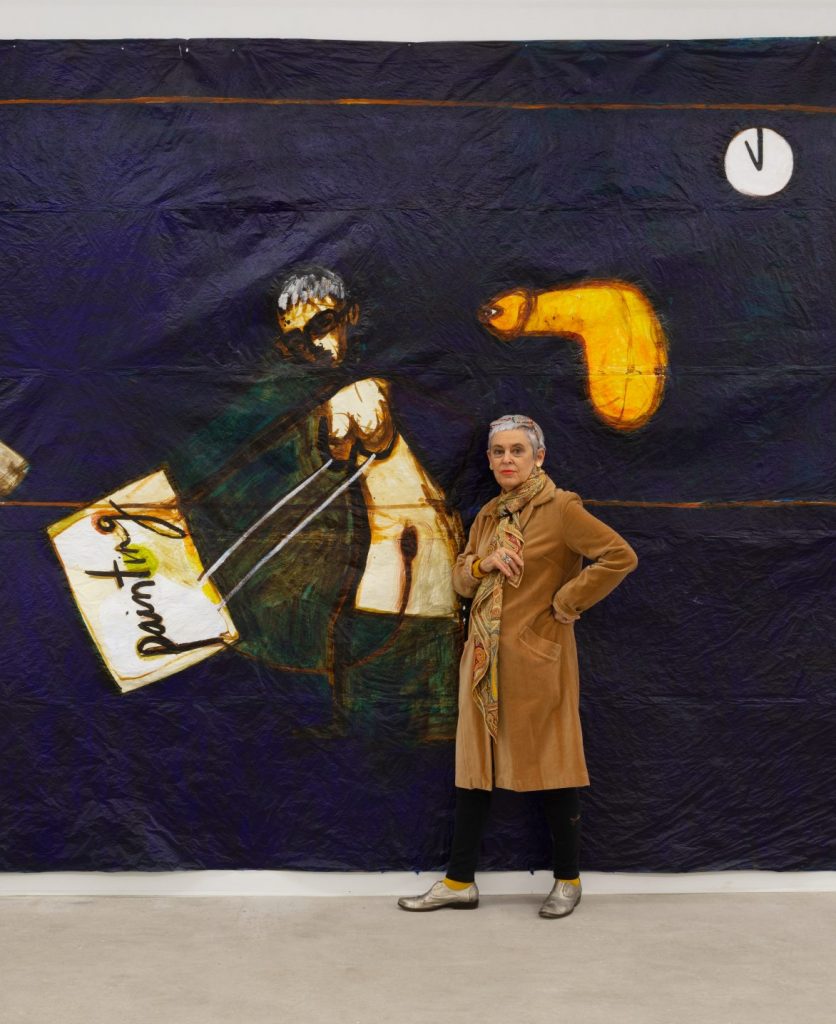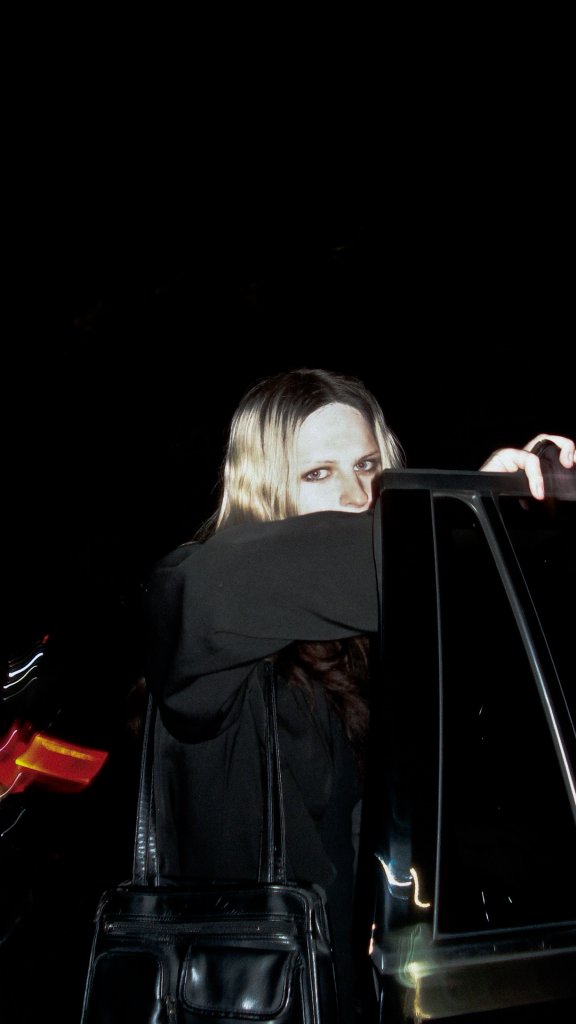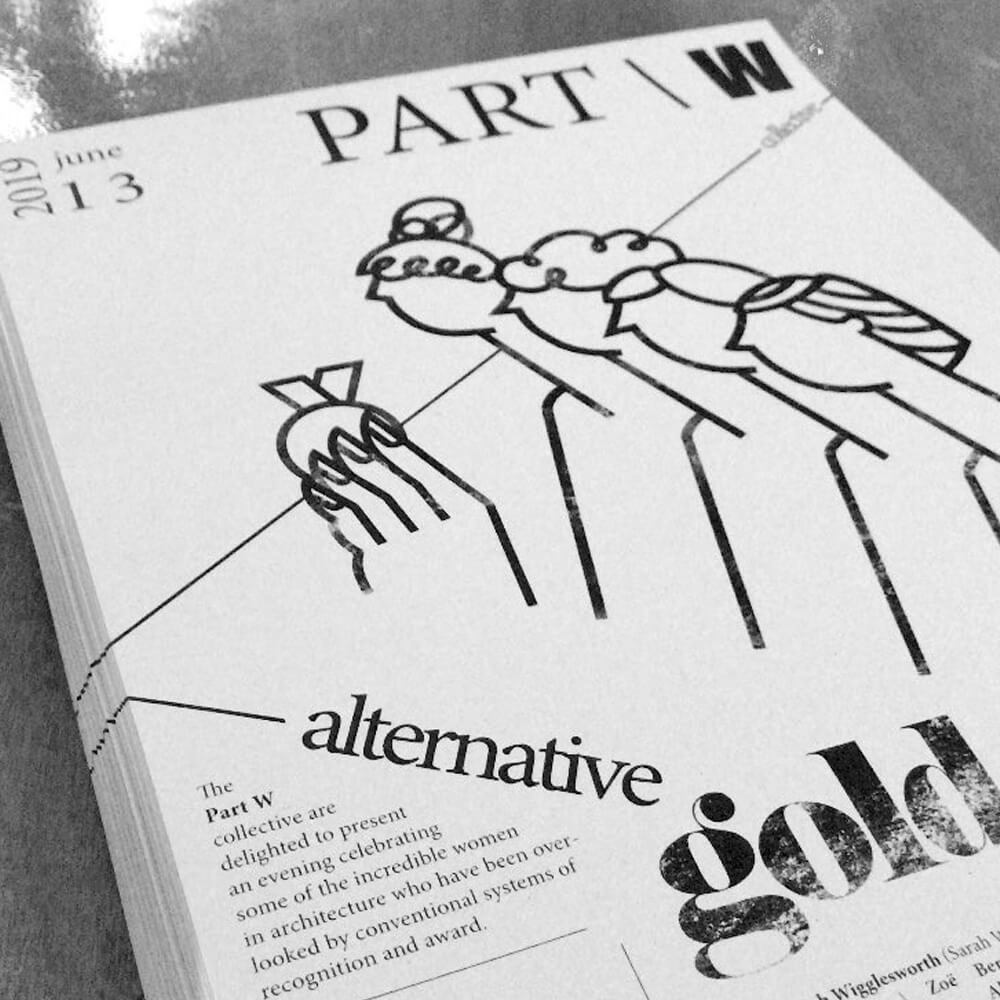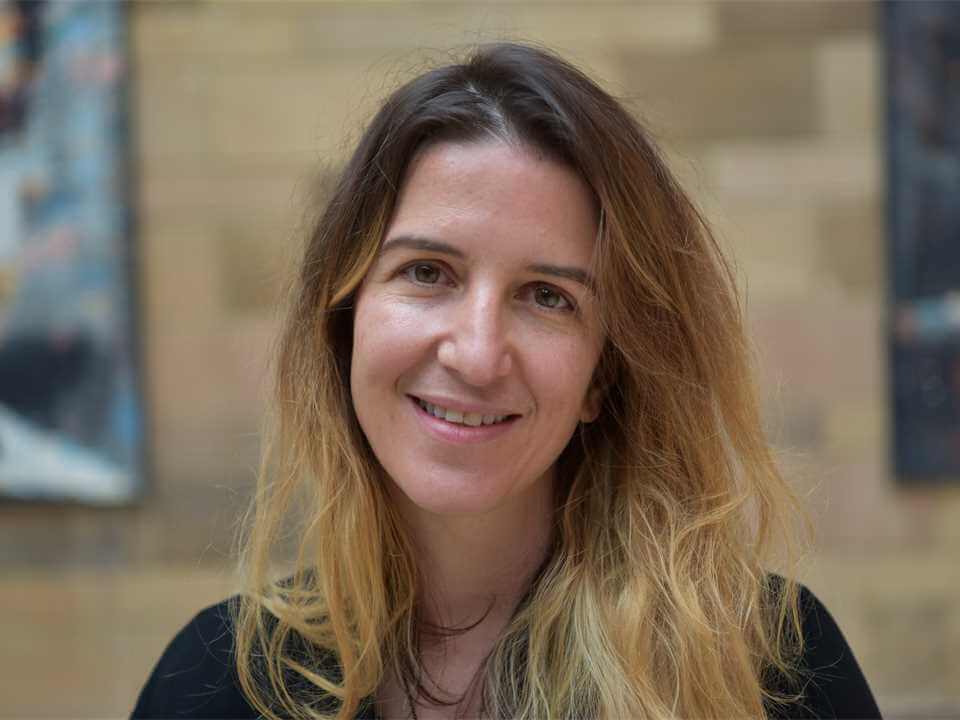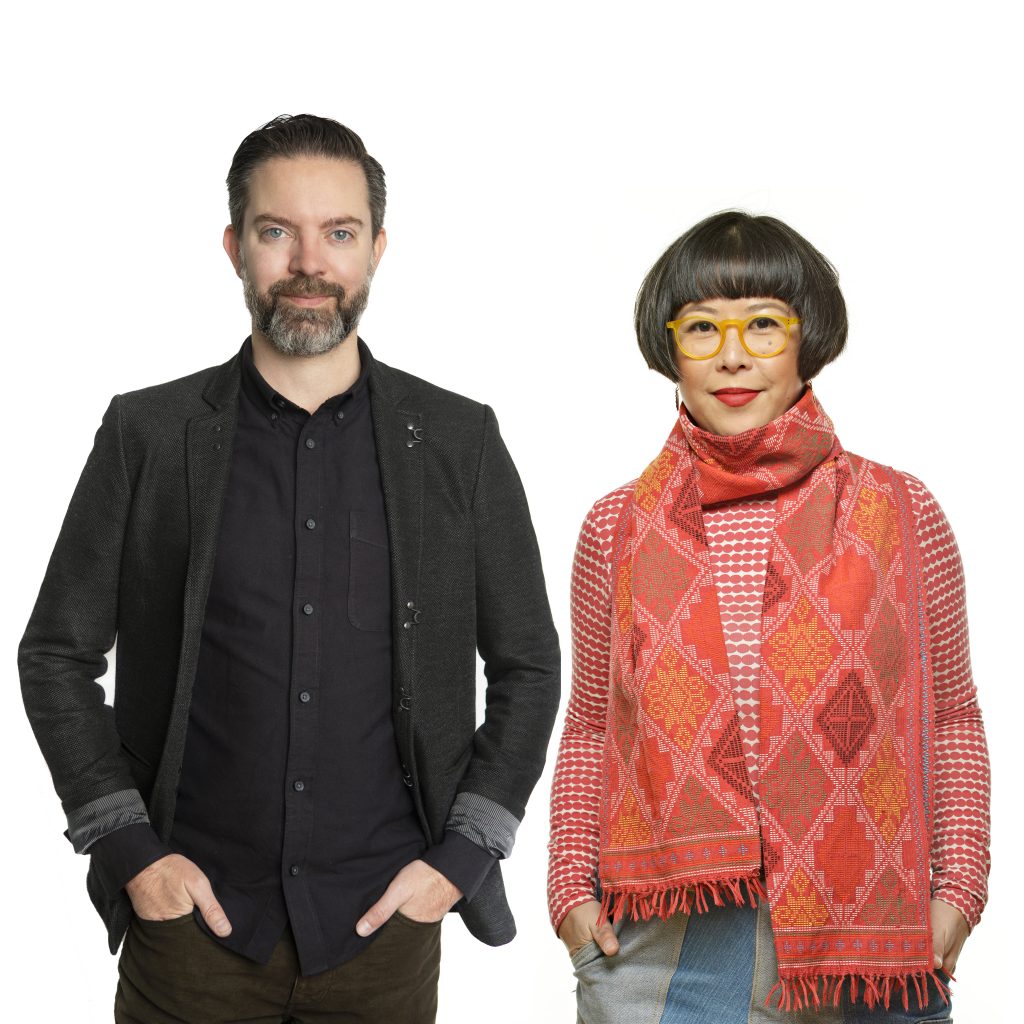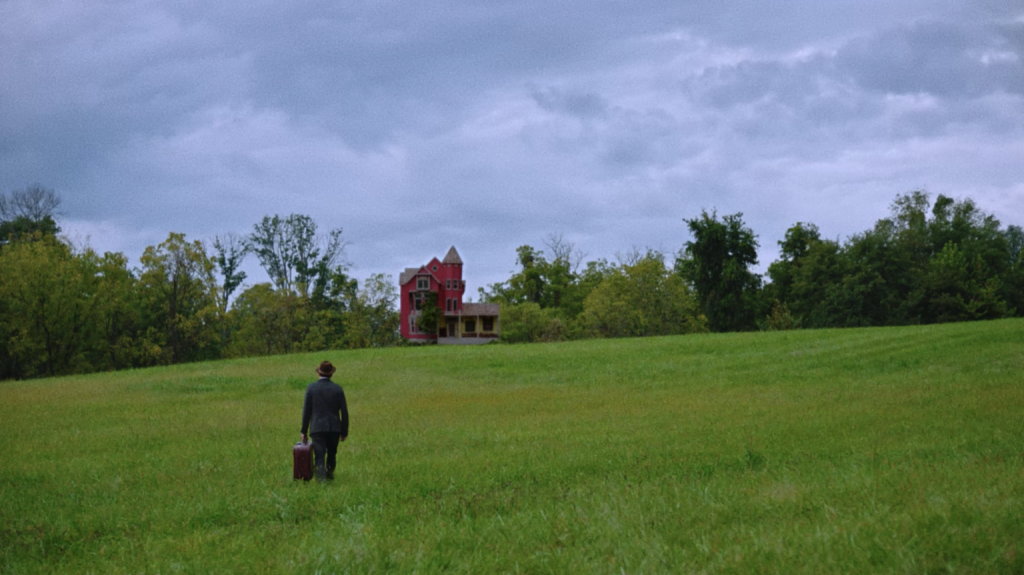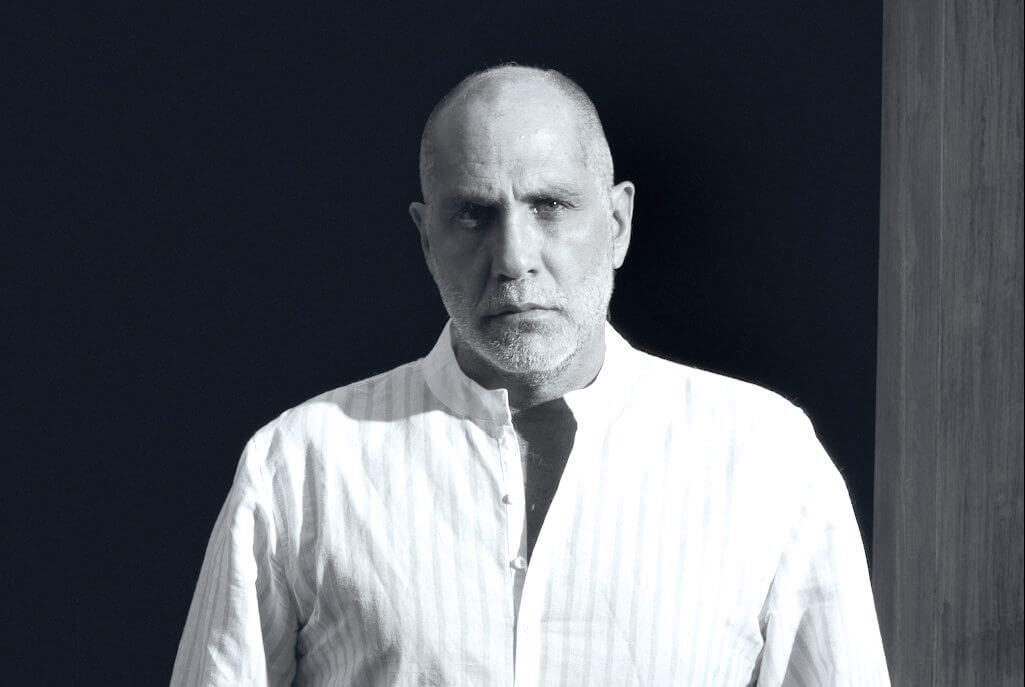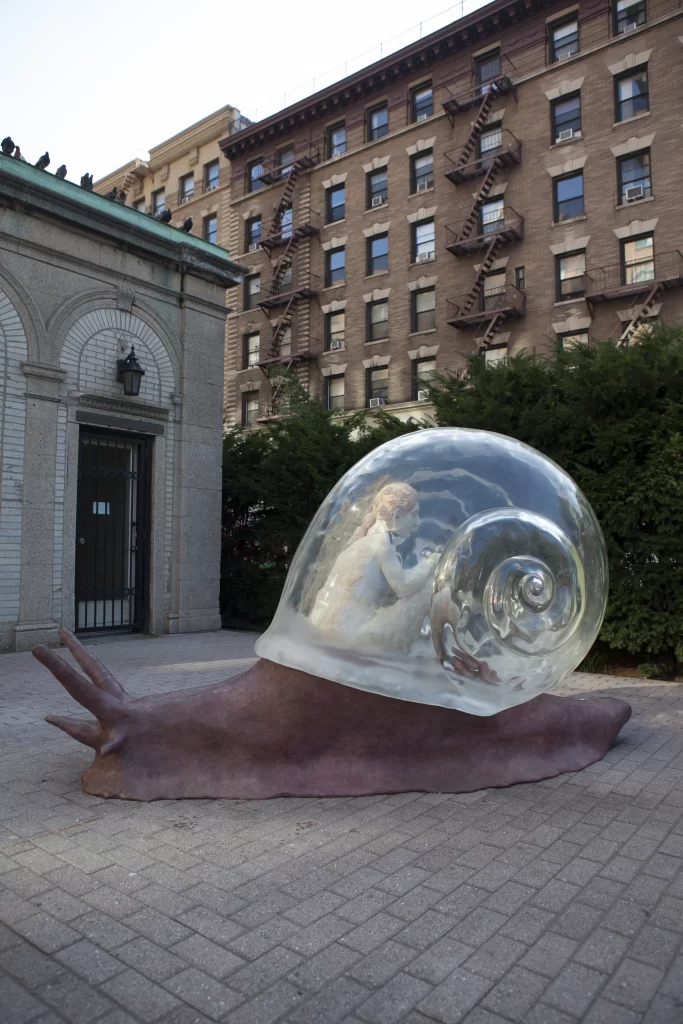Adam Abdalla and the Art of Doing It All
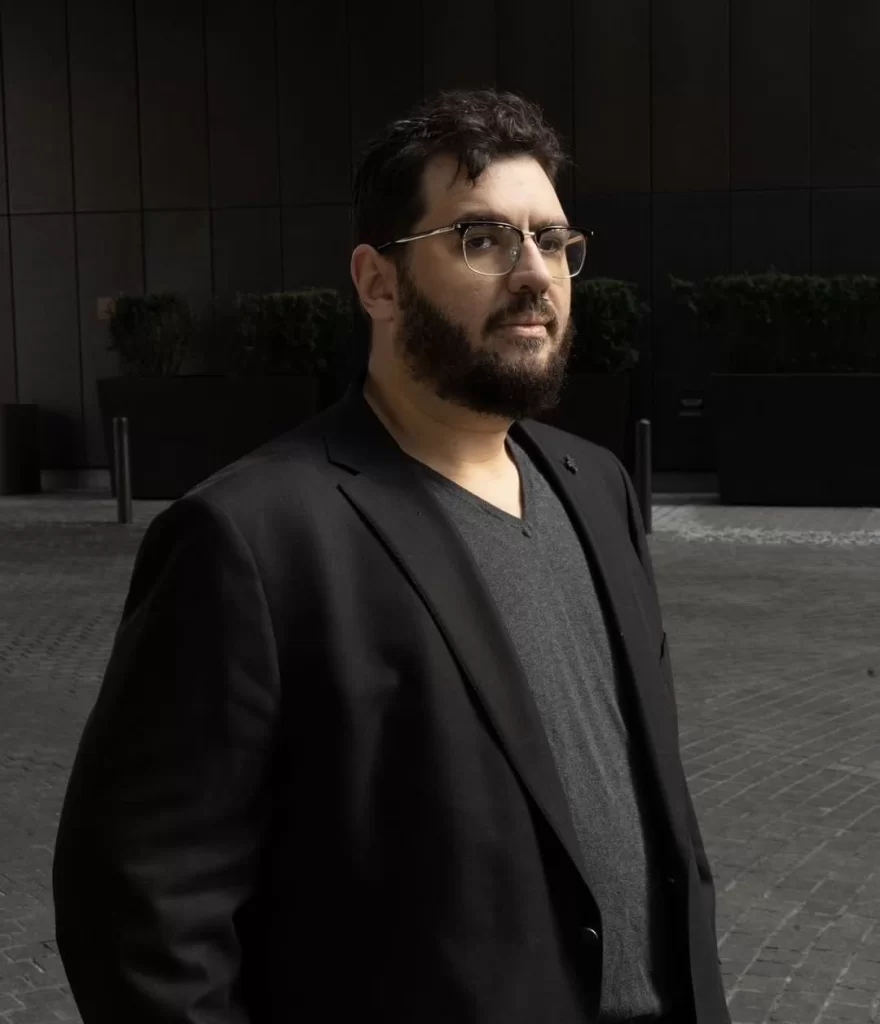
Adam Abdalla is the president of Cultural Counsel, a New York-based consultancy focused on communications, strategic partnerships, and the development of public programming in the worlds of contemporary art, design, and architecture. He has actively collaborated with and advised globally-recognized museums, foundations, galleries, publications, hotels, and luxury brands for a decade. He currently serves as a Board Member of the New Art Dealers Alliance, Independent Curators International, and Dallas Contemporary. He’s launched global PR campaigns for the Garage Museum of Contemporary Art (Moscow), Fondazione Prada, Matthew Marks Gallery (New York), A24 Films, LUMA Foundation, Creative Time, the Whitney Museum of American Art, and Richard Prince, among others.
How did you become the president of Cultural Counsel?
I started Cultural Counsel back in 2015. Prior to that, I’d worked as an executive at a pretty large PR firm. After six years, I was the senior vice president there. I worked with a lot of clients – art collectors, big brands. And I helped found its arts and culture division.
Tell me more about that.
When I started working there, it was really about big events and big characters in the social scene – people like André Balazs and brands like Chanel. I helped establish a more institutional arts division where we worked with more museums. commercial galleries, and institutional nonprofits on a strategic basis. Eventually, I left to start Cultural Counsel. I realized what I really wanted to do. I wanted to work more in philanthropy, with organisations that supported artists directly, like universities and museums. I wanted to get more grounded in that.
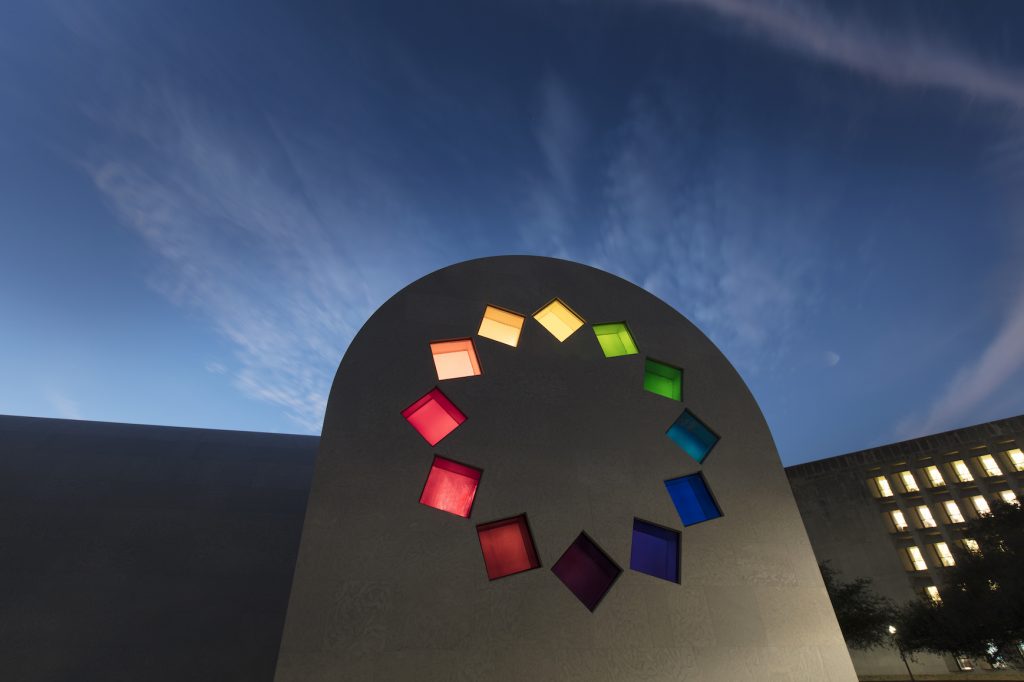
How did you first get interested in working with artists?
When I was 20 years old, Hurricane Katrina hit New Orleans. So, I moved there to do service learning and service work. That’s pretty ballsy. What was that like?
I would go into homes destroyed by the hurricane and help rebuild them. Or, I’d go into places that were essentially condemned and help salvage historical materials, like cypress; helping people rebuild one hundred year-old homes. When I was down there, I hooked up with this nonprofit called the Green Project. It’s like the Salvation Army meets Home Depot. They had a storage facility damaged by the storm and was unused. So, I wrote a proposal. I was like, “Hey, I’ll live in this, this kind of rotted out storage facility for the next three months. But you have to let us turn into a community gallery and art space.” They said yes, and gave us a little stipend. Something like $75 a week. So we renovated the space. I didn’t make artwork. I’ve never been an artist, but my friends have always been. I wrote press releases, raised money from local businesses, and planned the [space’s] opening. I was basically the spokesman. I got us press. From the Times Picayune, which was the biggest newspaper at the time in New Orleans, to Interior Design. I guess I kind of taught myself how to do PR.
How did things progress from there?
When I moved back to New York, I went on Craigslist, and was like, “Well, is what I’m doing actually a job? Can you promote art and artists as a job?” I didn’t know. But, I was able to find a receptionist job at a small PR agency with an art and design focus, called Susan Grant Lewin & Associates. I worked at the front desk and answered the phones. The conference room was right behind me, so I listened to every meeting. I picked up on the nuances of the business rather quickly. Within two years, I was promoted to an executive.
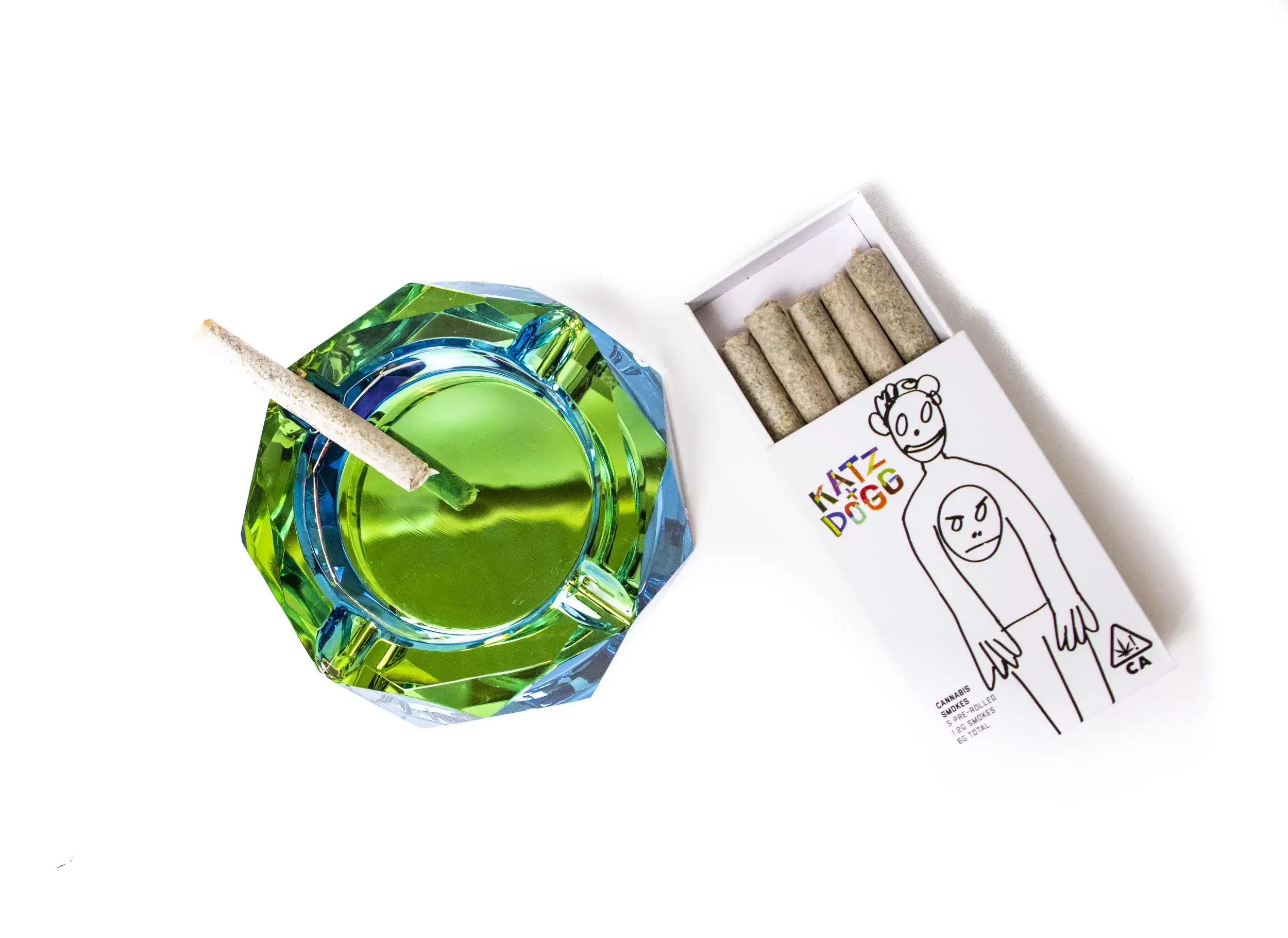
Did that experience help shape who you are today?
Yes. In the end, I had experience helping to build a company and developing relationships. That helped me create Cultural Counsel. That’s when I started all over again. When we began, there were just two of us. We had to build an entirely new client base from scratch. But during the past five years, we’ve grown by a factor of nine.
And you’ve enjoyed the ride so far?
Oh yeah, I love it. I mean, what other job gives you the same access to both CEOs of Fortune 500 companies and to amazing artists? We’ve been lucky enough to work with legends like Richard Prince and Jasper Johns.
Does any Cultural Counsel project, in particular, stand out to you? One you’re particularly proud of?
One of my favorite projects was with the Blanton Museum in Austin, Texas. Ellsworth Kelly had this dream project of building a chapel, for lack of a better term. His vision was for a nondenominational structure, but – aesthetically at least – he did like chapels. Kelly was inspired by his trips to France during World War II, when he was in the service. I worked with the museum to help launch the project after Kelly’s death. The building, called Austin, is now a stunning temple of light. Its construction was on the cover Artforum and [was profiled] in The Wall Street Journal and The New York Times.
What have you been working on lately?
Right now – not to sound like a douchey car commercial or anything – we’re living [in an] unprecedented time. But we’ve been fortunate to work some amazing projects early in relation to COVID-19. For one, we co-founded Artist Relief, which is the first unrestricted relief grant program in the US for artists across all disciplines that are now in dire financial need. We’re currently distributing the first hundred $5,000 dollar grants. It’s the result of an unprecedented level of collaboration. Groups like the Academy of American Poets, Artadia, Creative Capital, and the Foundation for Contemporary Arts, MAP Fund, National YoungArts Foundation, and United States Artists. All small to mid-sized national arts grant-makers came together to make this happen. We’ve worked with them to launch this very broad national campaign. All these organizations really stuck their necks out to help artists directly, you know?
How do you mean?
Major foundations are more comfortable giving money to organisations rather than individual artists. But we’re at a time right now where the government is not serving artists in a significant way. They’re kind of on the outside looking in, in terms of relief money, because they’re not technically small businesses – at least, not a lot of them. They’re not covered by PPP; there’s so many roadblocks.
Have you received any grant applications?
After our first application period, when we were awarding 200 grants, we received 50,000 applications.
Wow.
Yeah. Wow is right.

